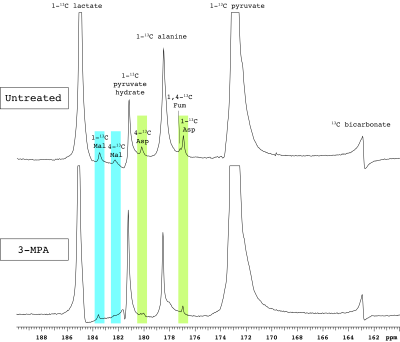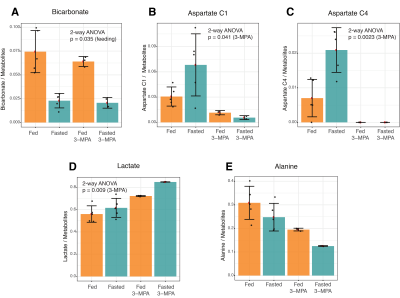Hikari A. I. Yoshihara1, Arnaud Comment2,3, and Juerg Schwitter4,5
1Laboratory for Functional and Metabolic Imaging, Institute of Physics, Swiss Federal Institute of Technology, Lausanne (EPFL), Lausanne, Switzerland, 2Cancer Research UK Cambridge Institute, University of Cambridge, Cambridge, United Kingdom, 3General Electric Healthcare, Chalfont St Giles, United Kingdom, 4Division of Cardiology, Lausanne University Hospital (CHUV), Lausanne, Switzerland, 5Cardiac MR Center, Lausanne University Hospital (CHUV) and University of Lausanne (UNIL), Lausanne, Switzerland
1Laboratory for Functional and Metabolic Imaging, Institute of Physics, Swiss Federal Institute of Technology, Lausanne (EPFL), Lausanne, Switzerland, 2Cancer Research UK Cambridge Institute, University of Cambridge, Cambridge, United Kingdom, 3General Electric Healthcare, Chalfont St Giles, United Kingdom, 4Division of Cardiology, Lausanne University Hospital (CHUV), Lausanne, Switzerland, 5Cardiac MR Center, Lausanne University Hospital (CHUV) and University of Lausanne (UNIL), Lausanne, Switzerland
Hyperpolarized 1-13C pyruvate metabolites aspartate, malate and fumarate are detected in rat the kidney in vivo. PEP-CK inhibitor 3-MPA does not affect bicarbonate production but does lower the aspartate signal. Aspartate is a potential marker of renal gluconeogenesis.

